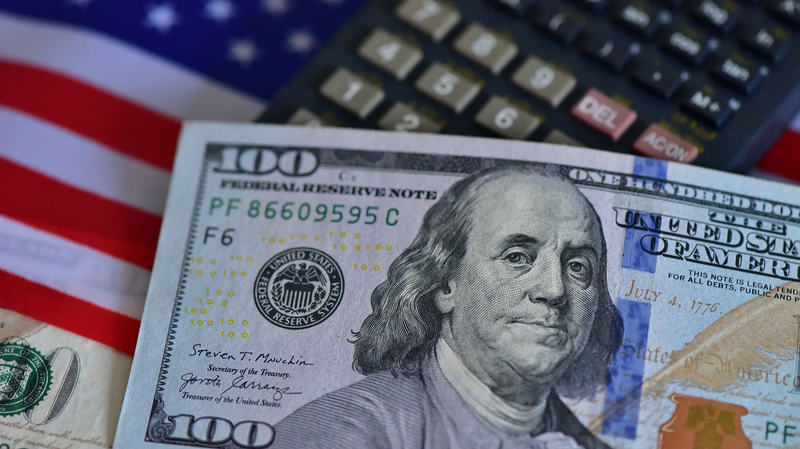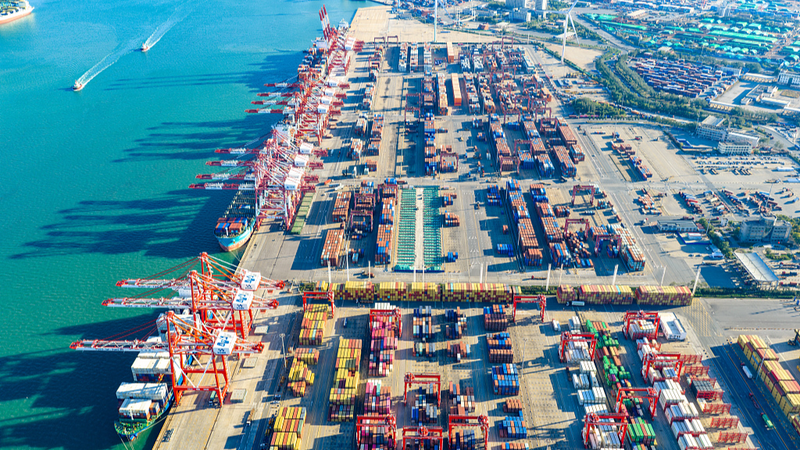Moody’s recent downgrade of US Treasury creditworthiness has sparked a lively debate among economists and young thinkers alike. The downgrade focuses on so-called "unsustainable" debt, but the discussion misses a key point: when a government issues its own currency, traditional debt concerns take on a very different meaning.
The US federal government isn’t like a household or a business that must earn every dollar before spending it. Instead, it creates dollars to fund its activities and later uses Treasury bonds as instruments for managing bank reserves and offering safe assets. In other words, these bonds aren’t loans in the usual sense—they’re financial tools that help keep the system balanced.
The real risk lies elsewhere. Rising interest rates, aimed at curbing inflation, mean higher interest payments that increasingly benefit bondholders, major financial institutions, and wealthy individuals. This dynamic results in a significant flow of wealth upward, while crucial investments in infrastructure, education, health, and climate adaptation may be shortchanged.
Moreover, the strength of the US dollar as the global reserve currency depends not only on trust in the government but also on the nation’s ability to produce goods and services that others need. If global demand for dollars declines, the political and economic landscape could shift dramatically—even if the US can always issue more dollars. The risk is less about insolvency and more about a political framework that could eventually undercut sustainable, equitable growth. 🤔💡
In a nutshell, instead of worrying about debt levels per se, the focus should be on how political choices and shifts in dollar demand shape the future of the economy. The challenge is to create policies that prioritize public investment and shared prosperity over benefits concentrated at the top.
Reference(s):
cgtn.com




